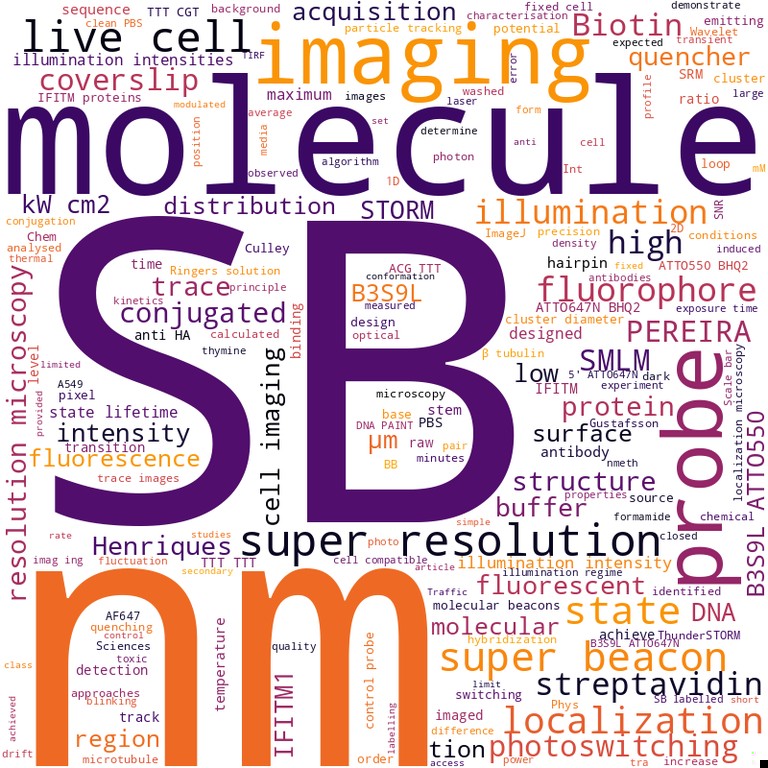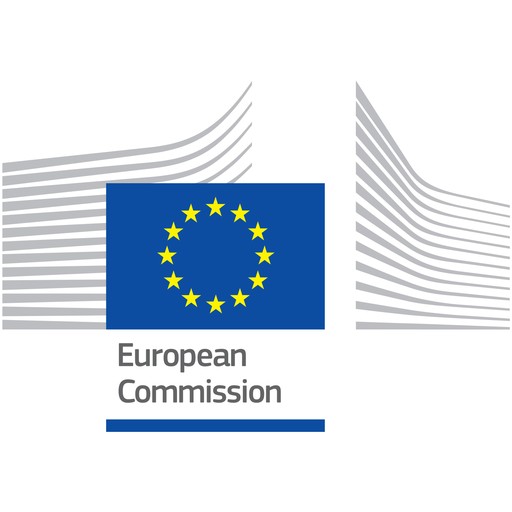Technology
Super-beacons are a new class of DNA-based fluorescent probes developed for use in super-resolution microscopy techniques like single-molecule localization microscopy (SMLM). SMLM relies on imaging individual fluorophores that switch between fluorescent (on) and dark (off) states. By determining the central position of each fluorophore, images can be reconstructed with resolutions better than the diffraction limit.
Most SMLM approaches require high-intensity illumination or special imaging buffers to induce this photoswitching behavior. These can damage samples and limit live-cell imaging compatibility. Super-beacons overcome this by exhibiting spontaneous photoswitching based on a self-quenching mechanism built into their molecular design.
The core structure of a super-beacon is a single-stranded DNA oligonucleotide folded into a hairpin shape. This positions a fluorophore at one end in close proximity to a dark quencher molecule at the other end. Due to this close contact, the fluorophore emission is quenched by energy transfer to the quencher - this is the non-fluorescent, closed state. However, thermal fluctuations can cause transient opening of the hairpin, separating the fluorophore from the quencher and allowing fluorescence emission to occur briefly before the hairpin recloses.
Tuning the stability of the hairpin structure controls the kinetics of the transitions between open and closed states. This is achieved by careful design of the oligonucleotide sequence - the length and binding strength of the complementary stem region determines the stability of the closed state. External factors like temperature and chemical environment can also influence hairpin dynamics.
In this way, super-beacons exhibit stochastic switching well-suited for SMLM, with typical on-state lifetimes in the 10s of milliseconds range. Importantly, the switching occurs spontaneously without requiring high-intensity light or imaging buffers. The hairpin design means most probes begin acquisitions in a dark state, beneficial for SMLM.
The switching kinetics can be optimized for different imaging conditions by modifying design parameters like stem length and sequence. For example, increasing stem length and GC-content improves hairpin stability and reduces the on-to-off state ratio. The modularity of DNA-based design allows creating probes with application-specific properties.
The researchers demonstrated super-beacon performance for SMLM by imaging microtubules and membrane proteins in fixed and live cells. Using common labeling strategies, they targeted super-beacons to cellular structures and performed acquisitions under live-cell imaging conditions. Reconstructed images showed resolutions <100 nm, comparable to standard SMLM protocols but without high-intensity illumination or switching buffers.
Super-beacons enable spontaneous photoswitching for SMLM via a self-quenching mechanism based on the conformational dynamics of DNA hairpins. Their switching kinetics can be tuned through rational molecular design. By alleviating the need for harsh acquisition conditions, super-beacons unlock the potential of SMLM for gentle, live-cell super-resolution imaging. Their customizability also allows optimization for different imaging scenarios. Super-beacons thus constitute a promising new class of probes set to expand the impact of super-resolution microscopy.
Publications featuring Super-Beacons

|
Application of Super-Resolution and Advanced Quantitative Microscopy to the Spatio-Temporal Analysis of Influenza Virus Replication Emma Touizer, Christian Sieben, Ricardo Henriques, Mark Marsh, Romain F. Laine Review published in Viruses, February 2021 Technologies: NanoJ-VirusMapper and Super-Beacons Funded by: Wellcome Trust DOI: 10.3390/v13020233 |
|

|
Super‐beacons - Open‐source probes with spontaneous tuneable blinking compatible with live‐cell super‐resolution microscopy Pedro M Pereira, Nils Gustafsson, Mark Marsh, Musa M Mhlanga, Ricardo Henriques Paper published in Traffic, January 2020 Technologies: NanoJ (), NanoJ-Fluidics (), NanoJ-SQUIRREL (), NanoJ-SRRF () and Super-Beacons Funded by: BBSRC and Wellcome Trust DOI: 10.1111/tra.12728 |
|
Funding contributing to Super-Beacons

|
Sub-cellular Metabolic Compartmentalization During Oocyte Development Zita Carvalho dos Santos, Ricardo Henriques, Jorge Carvalho Funded by: CZI - Measuring Metabolism Across Scales Duration: January 2024 - December 2026 |

|
Real-Time high-content Super-Resolution Imaging of ES Cell States Eran Meshorer, Ricardo Henriques, Anna Kreshuk, Sandrine Lévêque-Fort, Nicolas Bourg, Genevieve Almouzni Alias: RT-SuperES Funded by: H2022 - EIC Pathfinder Open Duration: July 2023 - June 2027 Publications: 20 |

|
VP-CLEM-KIT - a pipeline for democratising volumetric visual proteomics Lucy Collinson, Ricardo Henriques, Paul French Funded by: CZI - Visual Proteomics Imaging Duration: December 2021 - June 2024 Publications: 21 |

|
Optial Biology PhD programme Michael Hausser, Ricardo Henriques, Antonella Riccio Funded by: Wellcome Trust - 4-year PhD Programme in Science Duration: August 2021 - August 2025 |

|
Unveiling live-cell viral replication at the nanoscale Ricardo Henriques Funded by: EMBO - Installation Grant Duration: January 2021 - December 2025 Publications: 31 |